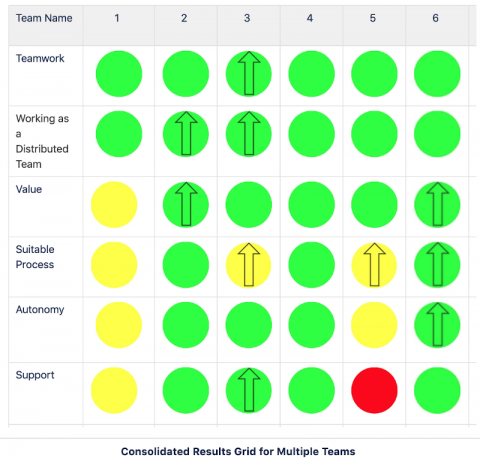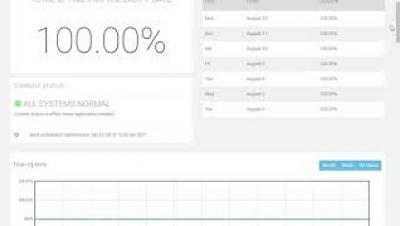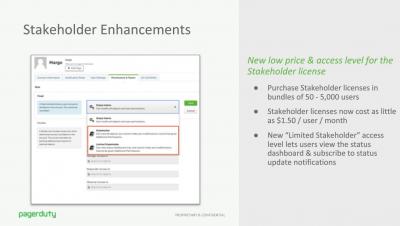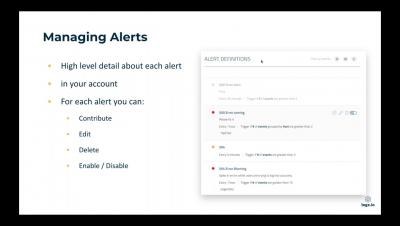Introducing the incident communication template generator
When things go wrong, your users need to know – but it’s not always easy to determine what to say or how to say it. If you’re responsible for getting the word out to hundreds or thousands of users, it can feel like a heavy weight on your shoulders. The task at hand is urgent, yet must be handled delicately. As someone who’s handled incident communication on Statuspage’s status page – the mother of all status pages – I know how difficult these moments are.











